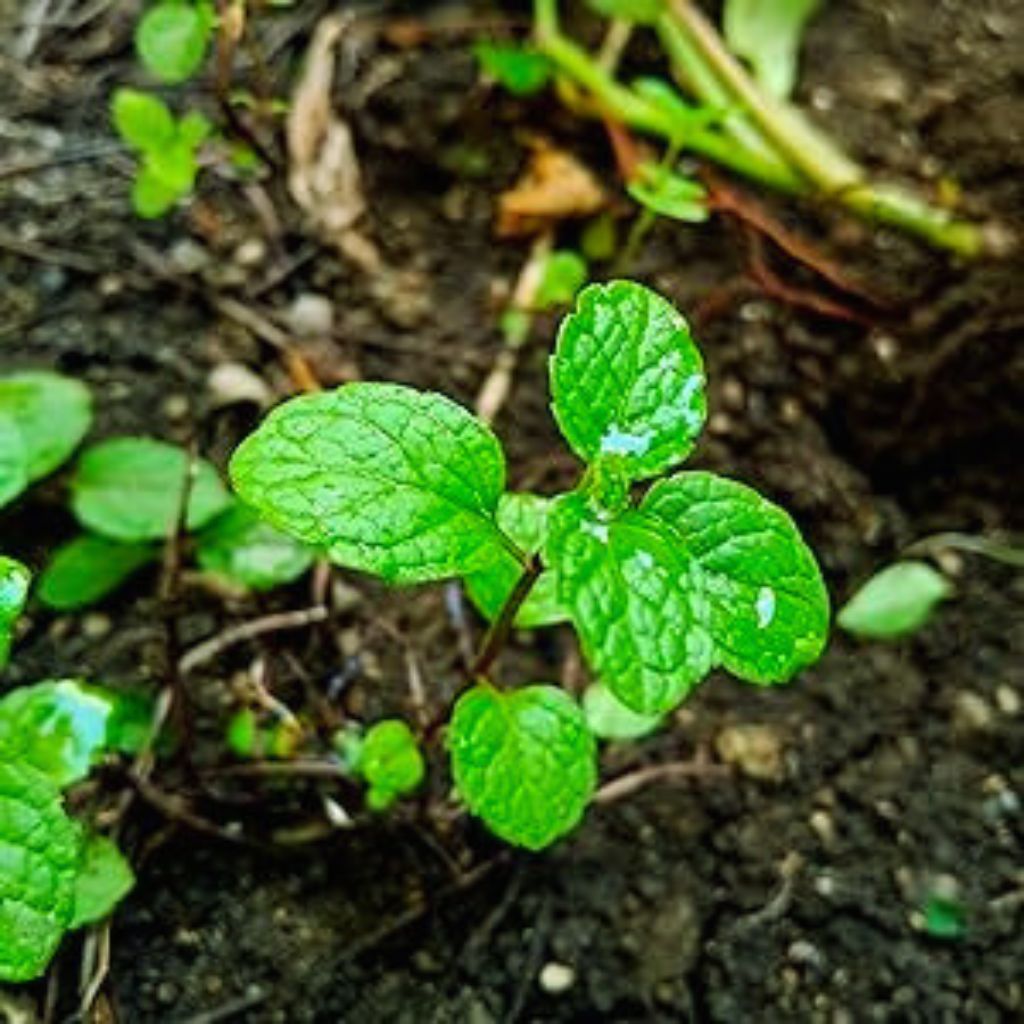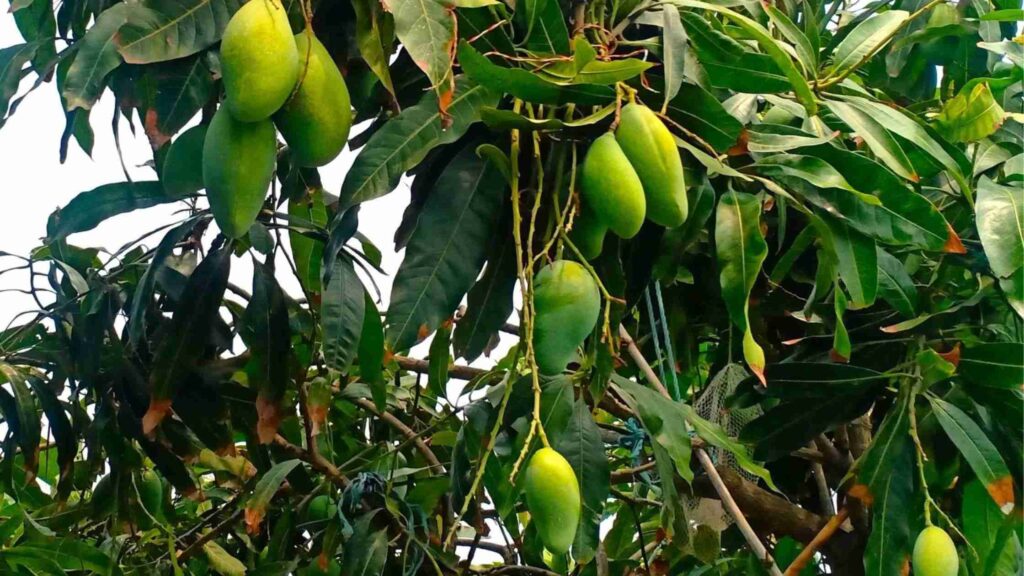The plant will grow for at least two or three more cycles after the leaves have been picked. Being low maintenance and difficult to kill, mint is one of the best plants for a novice gardener! You can cultivate your plant from cuttings or purchase one from the store. Here I will demonstrate how to grow mint effortlessly at home.
Duration of Planting
The ideal time to plant mint varies depending on your location. Mint dislikes extremely hot or cold climates, although it will not thrive in a chilly environment. Mint is best planted in the spring, though mint typically withers away in the winter but reemerges in the spring. You may also try planting mint in late summer and allowing it to develop into fall. Carefully choose the time of year you plant mint because if it becomes too hot, the plants will bolt, or blossom and go to seed.
Container Selection
Mint cuttings need a medium pot that is wide enough at least 10 to 12 inches in diameter and 8-10 inches deep with the proper drainage system. This plant grows best in crumbly, neutral soil that is high in organic matter.
Soil Selection
The Potting Mix will be 25% Guardian soil, 25% organic compost can be cow dung manner vermicompost, or kitchen compost, and 25% river sand. Mix the soil properly. Water in thoroughly. Then wait for 5 minutes to let’s soil absorb all the moisture/water.
Plant the Mint Cuttings

Stick a few cuttings into a medium pot with moist soil 1-2-inch-deep and compact it so that the cuttings are intact. Create holes in the potting mix with your finger. Push the bear stem 1-2-inch-deep into the soil. To fill the hole, gently compact the earth surrounding the stem. Maintain a proper Gap between two cuttings at least 2 inches.
Watering the Plants
Mint cuttings need plenty of moisture to germinate. So, make sure to water them frequently. Soil should remain moist but not wet. The need for water decreases as the plants become established.
Sunlight Location
To give the stems time to root and adapt to their new surroundings, place the container in a bright area—but not directly in the sun—for at least seven to ten days. But be careful—too much heat will quickly cause it to go to seed. Arrange it such that it receives afternoon shade during the summer.
Fertilizing the Plant
Care for the mint. You can apply compost or organic fertilizer to the cuttings once they are approximately 3–4 inches tall. Be careful not to over-fertilize. You should aim to keep the soil damp, but not soggy, as mint is a dry-climate herb. New growth will emerge within 15 to 20 days.
Harvest the Mint

It is ready to be harvested after 20 days. The plant will continue to flourish if up to half of the leaves are pruned each week. This way you may harvest four crops of cilantro from one pot. Harvest cilantro by snipping off individual leaves and stems from the base of the plant close to ground level when the stems are 5 to 6 inches long. If more than one-third of a plant’s leaves are taken off at once, the plant may become weaker.
Around the world, there are many various varieties of mints, including chocolate, pineapple, spearmint, and peppermint! The flavor of mint is well-liked everywhere; it may be found in ice cream, a delightful cold tea, and as a condiment in Thai and Middle Eastern food. It’s particularly well-known for its ability to calm the stomach. Mint grows quickly, so to avoid it taking over your yard or garden, it’s better to put it in a pot or other bound container.
Avoid direct sunlight and replace the water daily. After about a week, roots will start to sprout. Plant the mint again in a little pot with damp dirt. Replant the mint on the ground or in a larger pot as it grows.



